What if you could double (or even triple) your sales without spending another dime on generating website traffic from ads? We’re here to tell you that Conversion Rate Optimization (CRO) is the answer. On average, 75.5% of website visitors end up abandoning their carts before completing their purchases. So how can you successfully turn more browsers into buyers?
Let’s take a step back for a second to understand what Conversion Rate Optimization actually is. “CRO” is the process of getting website visitors to take a desired action (e.g., buying tickets, RSVPing to an event, signing up for a newsletter, etc.). At Bauer Entertainment Marketing (BEM), we use CRO software to establish variations of webpages by adjusting key elements (e.g., copy, graphics, navigation, etc.). Then, we run A/B tests to determine whether the Variation or the Control version results in more sales conversions.
In a standard A/B test, 50% of website visitors will see Variation 1 and 50% will see the Control. The number of visitors, clicks and, most importantly, sales conversions for each test can be tracked within the software so we can see real-time data about which webpage variation converts more visitors.
As the entertainment industry’s leader in CRO, BEM has helped our sports, music, and entertainment clients improve conversion rates by as much as 237%.
““BEM set up a bunch of tracking/analytics for some of our key pages, and we’re running a variety of A/B tests. So far, we’ve seen some remarkable results! We’ve made positive changes to our website with their assistance. Really easy to work with and seeing ROI pretty clearly. Highly recommend!””
Now that you understand what CRO is and why it’s important, please check out the top 5 BEM-certified tests you can run to boost your entertainment business’ conversion rates:
1) Change the design elements of your website’s primary call-to-action (CTA) button
Your primary CTA should be the most attention-grabbing element on your website. Consider running the following tests to see which style produces the best results:
Button color - Button color is one of the easiest elements to test. When considering colors, choose hues that catch the eye and/or contrast with your web-safe color palette.
Button copy - Testing your button copy is also an easy way to improve conversions. For this, you’ll want to consider the objective of your primary CTA and the mindset of your target audience. For example, “Buy Now” may be too demanding of an ask for first-time visitors. Instead, test phrases like “Sign Up,” “Get Started,” “Learn More,” and “Start Here.”
Hover color - When a website visitor hovers their mouse over your primary CTA button, does it light up? Change color? Underline? While this may seem like a small element of your overall site, it can make a big difference. Consider adding a hover effect on your primary CTA button. Effects include changing the color, opacity, text style (bold, underlined, italics), etc.
2) More prominently feature popular pages in your site navigation
By analyzing website traffic, you can identify which pages have the most traffic and reorder site navigation so the most sought-after content is featured. For instance, if you receive the most clicks or visits to your event schedule, this should be the first heading in your site navigation, which can then be followed by your second-most trafficked page. By giving visitors a more direct path to the information they’re seeking most, you’ll be able to increase conversions.
3) Add social proof on your homepage
Social proof (e.g., customer reviews, industry awards, business achievements, etc.) can tap into consumer psychology, build trust and credibility, plus lower barriers to making purchases. In fact, over 70% of consumers view product/service reviews before actually buying. So, prospective customers can be swayed by reviews that confirm your credibility and value. Note: We especially recommend creating a test with a Variation that features customer reviews “above the fold” on the homepage.
4) Test different pricing options for your product or service
Let’s be honest. At the end of the day, the price of your product or service is often the biggest factor in determining if a website visitor will convert or not. It’s important to ensure that the price is not too low, not too high, but just right. How do you find which price point works best for your audience? That’s where CRO testing can help. Consider a test of three different price points: the original amount, one slightly higher, and one slightly lower. You might even be surprised to see a higher number of conversions at the highest price, resulting in more revenue and profit for your business.
Another, simpler test is to change the style elements of the pricing text on the page. For example, you can increase/decrease the font size, highlight your most popular product/plan in bold, change pricing text color, and more. These tactics can tap into prospective buyers’ psychology and help convince more of them to purchase from you.
5) Feature your customer benefits on the Pricing page
One of our primary goals is to help customers answer the key question, “What will I really get for my money?” By adding your advantages to your Pricing page (e.g., “save money,” “save time,” “be the first”), you can motivate more website visitors to convert.
We hope this article has helped you understand what CRO is and that it can help maximize profit for your biz without needing to spend more money on generating site traffic. If you’d like to learn more, just reach out to BEM at bizdev@bauerem.com and we’ll share 3 free CRO recommendations tailored specifically for your website. Yes, we said “free.” No strings attached!

